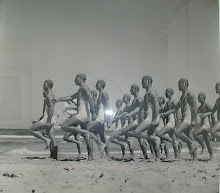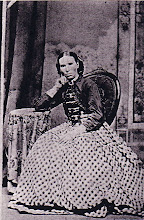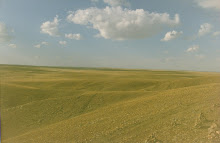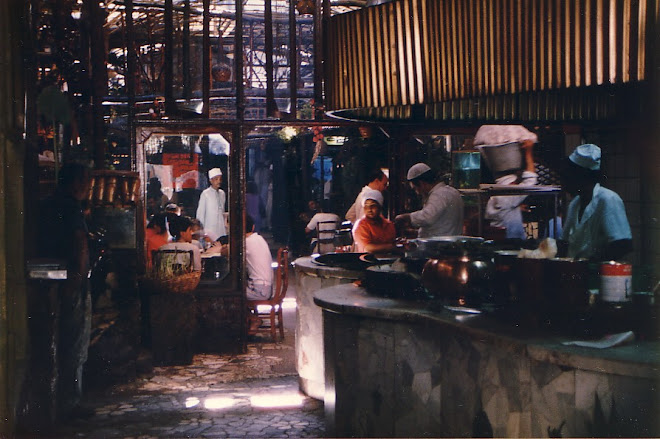Ballets Russes Costumes
I know the Ballets Russes is one of those subjects on which I could - perhaps - go on and on (and on) ... about.
But this is not going to be a yak yak yak post - just a look and have your senses pleasured aesthetically one.
As people know, the costumes and sets of the Diaghilev era of the Ballets Russes had a huge influence on fashion and interior design at the beginning of the C19. Among other things, it was the exoticism of the bold vibrant colours, often simplified geometric shapes and oriental motifs - in such stark contrast with what had gone immediately before.
This is just a very small selection from the astonishing array offered up by that extraordinary Russian enterprise.
I've tried where possible to introduce each image of an original costume with a photograph of the dancer who created the associated role. Usually, I've used an image taken at the time of the creation of the ballet concerned.
1 'Le Dieu Bleu' (1912)
2 'Le Festin' (1909)
3 'Le Pavillion d'Armide' (1912)
4 'Daphnis and Chloe' (1912)
5 'Petroushka' (1913)
6 'Sadko' (1916)
7 'Le Sacre du Printemps' (1913)
8 Unknown
9 'Chout' (1921)
10 'The Sleeping Princess' (1921)
After the 'Tales of Beatrix Potter' post, I'm now quiet unsure how just far I can go with you guys - though much further than I'd originally imagined!
So ... ?
LOL!

























































![C18 Bronze Buddha [Southern China]](https://blogger.googleusercontent.com/img/b/R29vZ2xl/AVvXsEioLkgVKuhDoIHQgM1X6Oe2hGn75yqaj4OJXPmNpumXmQPKxB22S57YS5DVrl1P7zl7BS6EFpAtaNZPze7gzVCRiQI54bwdHhVa4fGr7NOChZwTZoo92gUen6tC5U8gWIy_pv92U0FB38M/s1600/Buddha+%255BBronze%252C+C18%252C+China%255D+1.jpg)




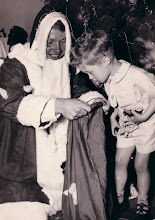







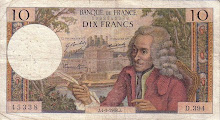
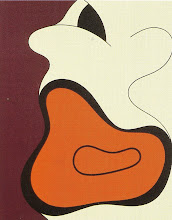+1998+Cropped.jpg)

